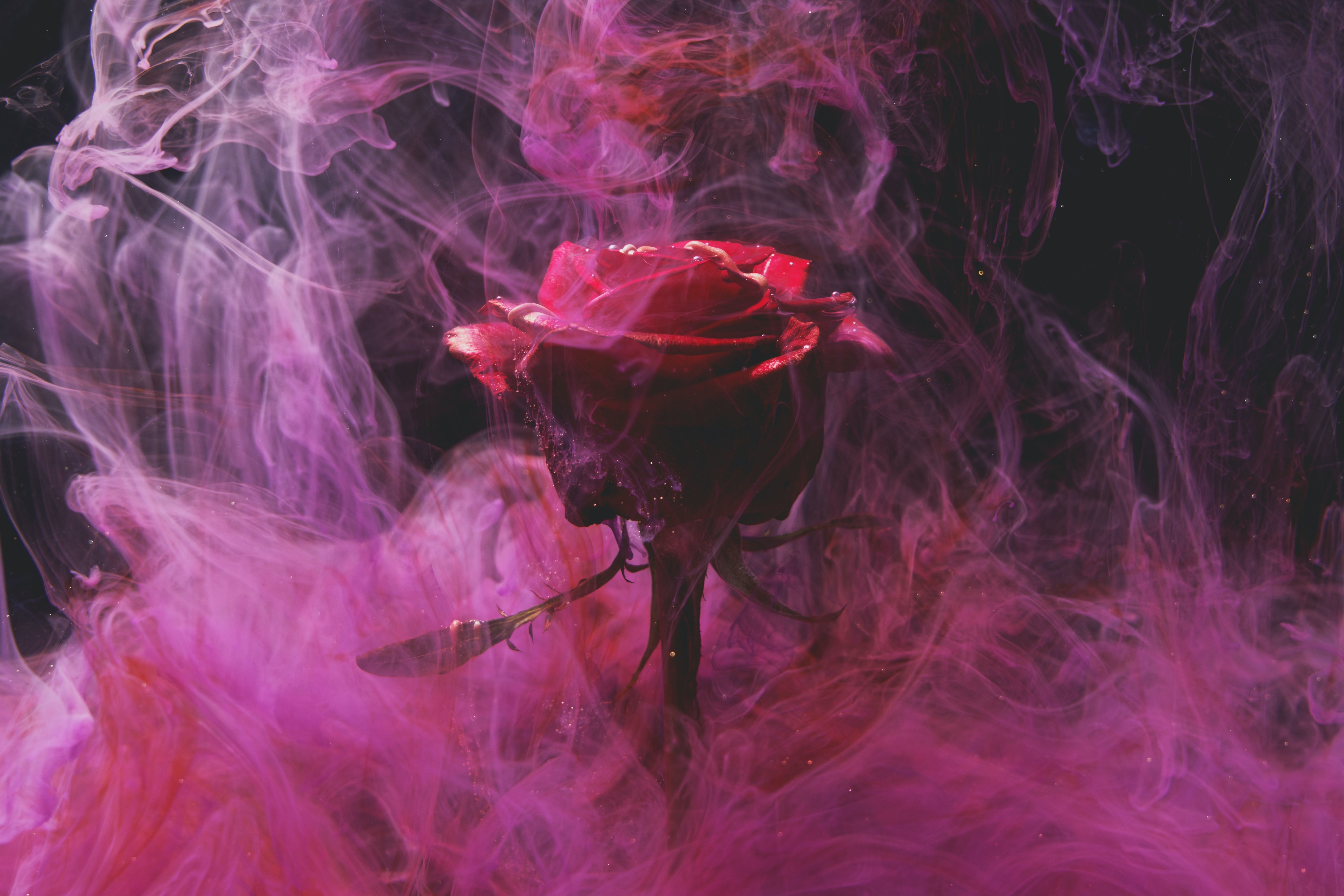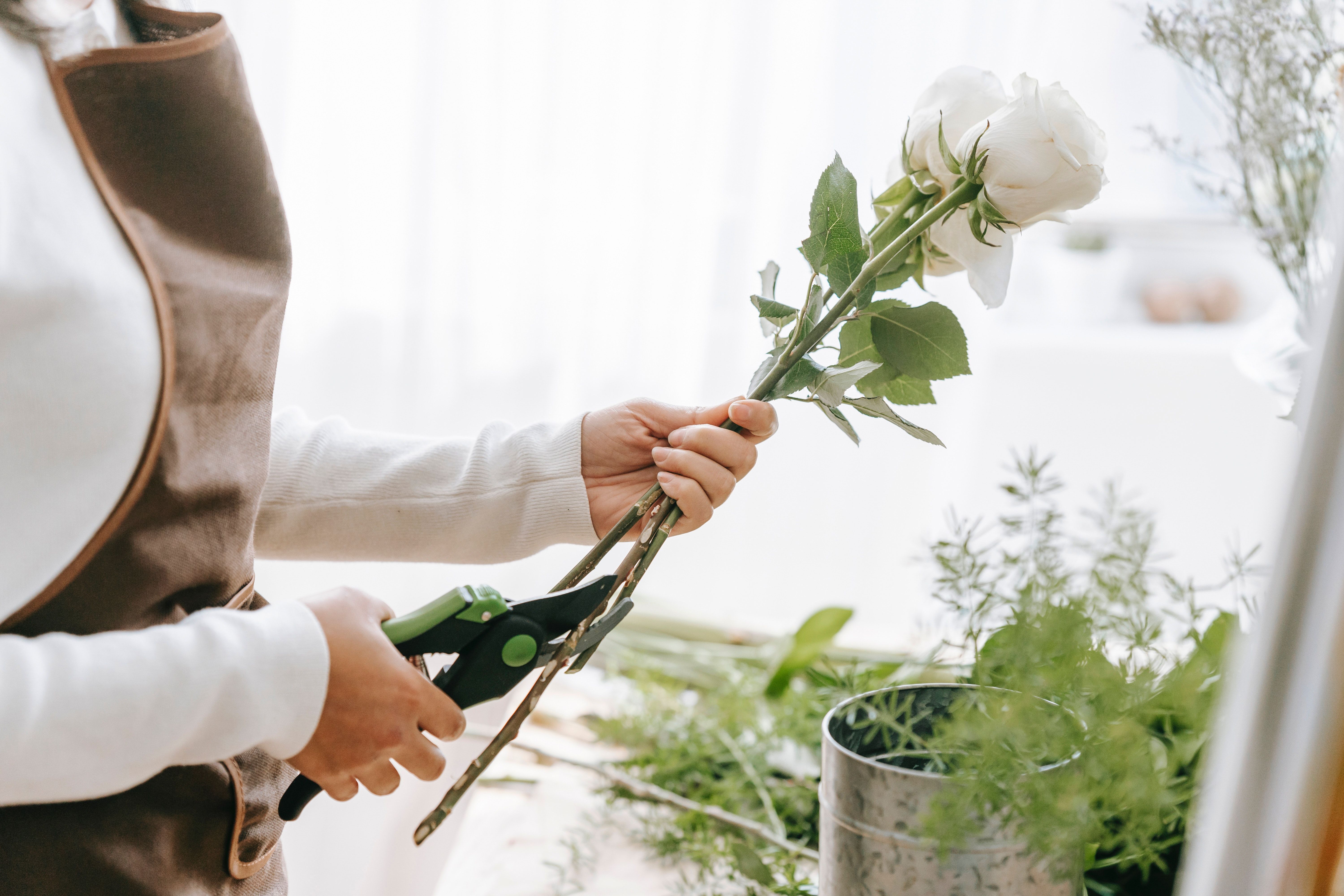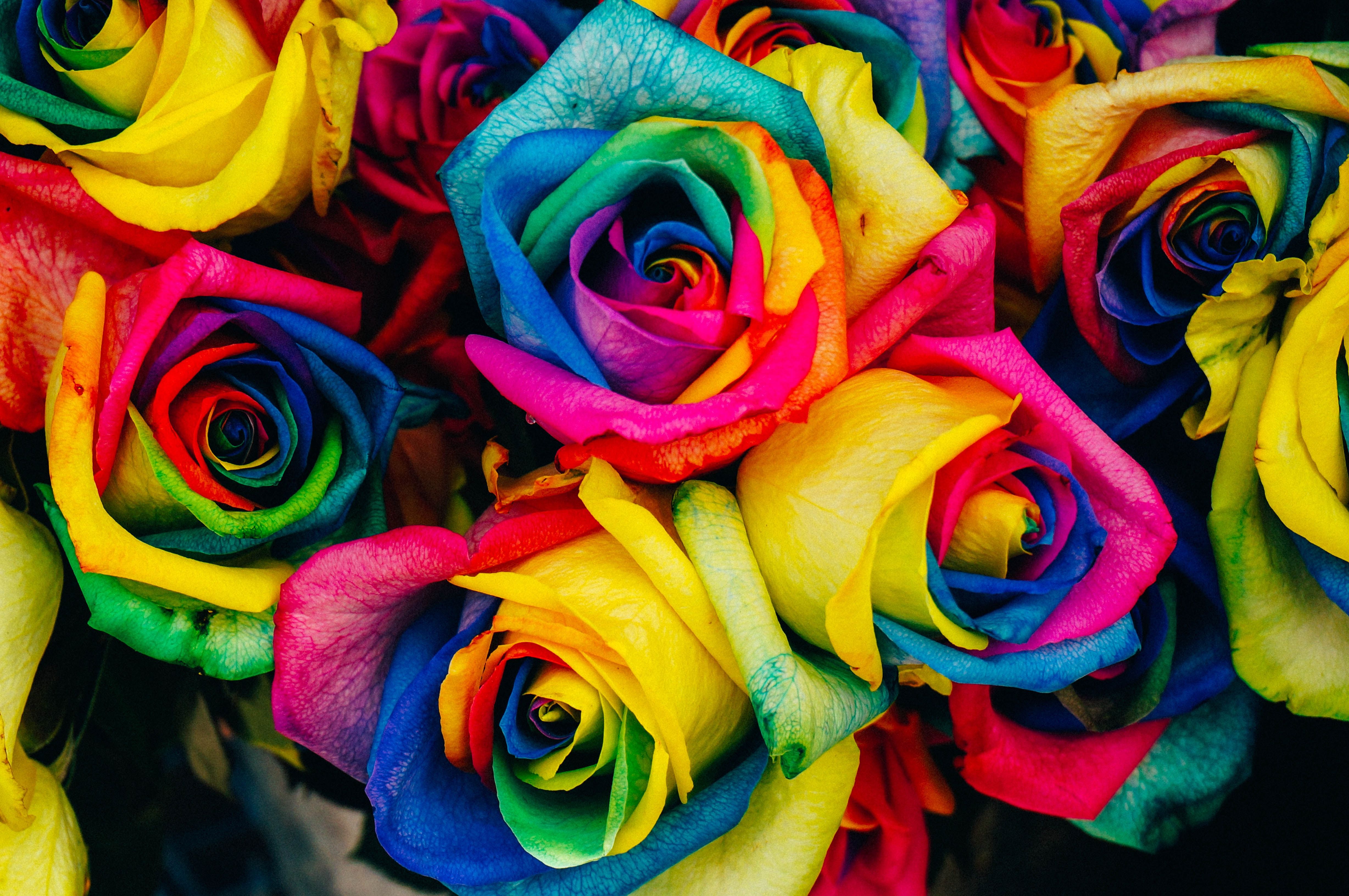

Roses, a cluster of celestially curled petals aka nature’s very own proclamation of love. Since time immemorial, these exquisite blossoms have not only been the flag bearers of all-things-joy but also an emblem of purity. The reason why we trust a beautiful assortment of roses to express all those words cannot.
And it is through these myriad expressions, every rose colour has its own significance. Red for love, yellow for friendship, orange for passion and the list goes on. To add to that, this beautiful flower even inspired florists to create their own interpretations of rose colours.

That’s when the ever-popular Tie Dye Roses were born – a delightful spectacle of manifold colours that adorn any space with their grace. Making the process, nothing less than a work of art. So how do the florists do it?

Preparation
After a careful selection of roses – lighter-hued and buds that have freshly opened up, the stems are shortened in order to reduce the dye’s movement path. After having prepared the roses, a sharp blade or knife is used to divide each stem into vertical sections of 3-4 inches. Here too, the process is thorough since multiple cuts can make the flowers too fragile to be dyed.
A quality dye is prepared using water and a proportionate amount of food colouring so as to keep the pigments saturated. Each colour is poured into different bud vases or test tubes for the process to follow.

Process
The vertical sections are placed carefully into a bud vase, making sure that the ends don’t bend. Special attention is given to the stems so that they don’t stay exposed to the air for too long and become dry.
For the days the stems are submerged into the bud vases, the roses are given extra pampering – Regularly hydrated and stored away from the sun. And a few days later, the desired effect is finally obtained. For the final touch, the vertical sections are cut out, revealing a new rose with an even more colourful spirit.
